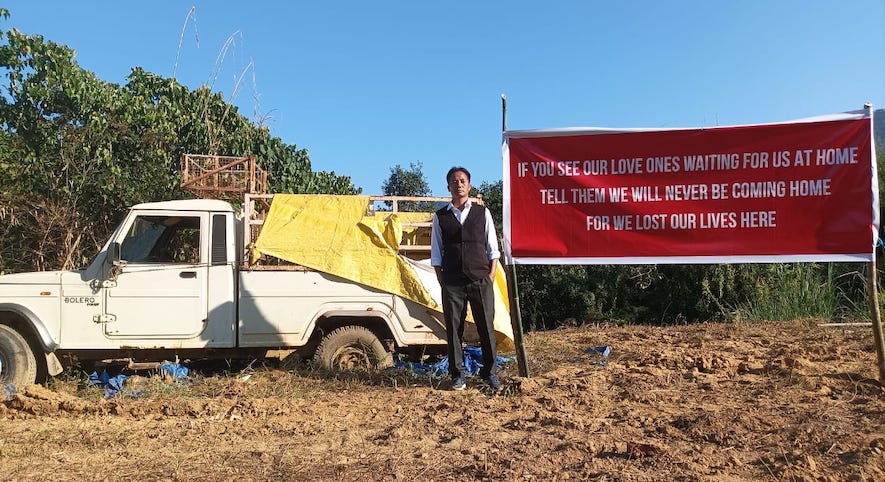In Oting, a small village of some 1338 people, the months from October to April are the season when people usually get busy with outdoor activities to earn their livelihood. While womenfolk would continue the age-old jhum cultivation, sometimes selling betel leaves to the neighbouring villages and towns, their male partners would go to the coalfields at Lower Tiru Valley, which is some 5 kilometres from the village. Some work as daily labourers, and some are hired by mine owners to look after their businesses.
At nearly 1000 metres above sea level, Oting village is exceptionally cold at night, even though it’s very close to the Assam valley on the western side. The roads leading to the village are quite narrow, and it is clear that they are poorly maintained. Not only is the road dusty, but there are also hundreds, if not thousands, of potholes. Yet, perched on a hilltop between the sloppy Naga Hills and the Patkai Range on the eastern side, the virgin beauty of Mon district, Oting, is Nagaland’s truly unspoiled beyond.
As the sun went down slowly below the horizon in the distance, Awan Konyak, as usual, was waiting for her twin sons, Langwang and Thapwang, who worked as daily labourers at the Tiru coal mine that evening.
It was already half past eight in the evening, which is already dark, well beyond their usual arrival time at home. But one thing she still could never have imagined is that her twin sons were lying in a pool of blood in a pickup truck with four other workers from the same village. She only learned from some villagers who were also working at the same coalfield that her sons were among six people who were gunned down by the Indian Army at Longkhao stream, some 500 metres from the Tiru coal mine where they worked.

It was on this day, December 4, 2021, that the sunset never brought the promise of a new dawn for Awan.
In the evening between 4 p.m. and 4.30 p.m., some 30 soldiers of the elite 21st Para-Commando Special Forces of the Indian Army based in Assam’s Jorhat district “laid an ambush” based on inputs received by the Indian Army “about the movement of the insurgents near Tiru village,” apparently without any attempt at ensuring proper identification of the pickup truck (Bolero), which was carrying back eight miners from the coalfield.
“Unfortunately,” instead of targeting the expected and intended insurgents, six civilians of the village, who were simply returning from the day’s work, were gunned down by the commandos who were hiding in the nearby bushes, in what they called a “botched military operation.” Two survived but sustained serious injuries during the incident.
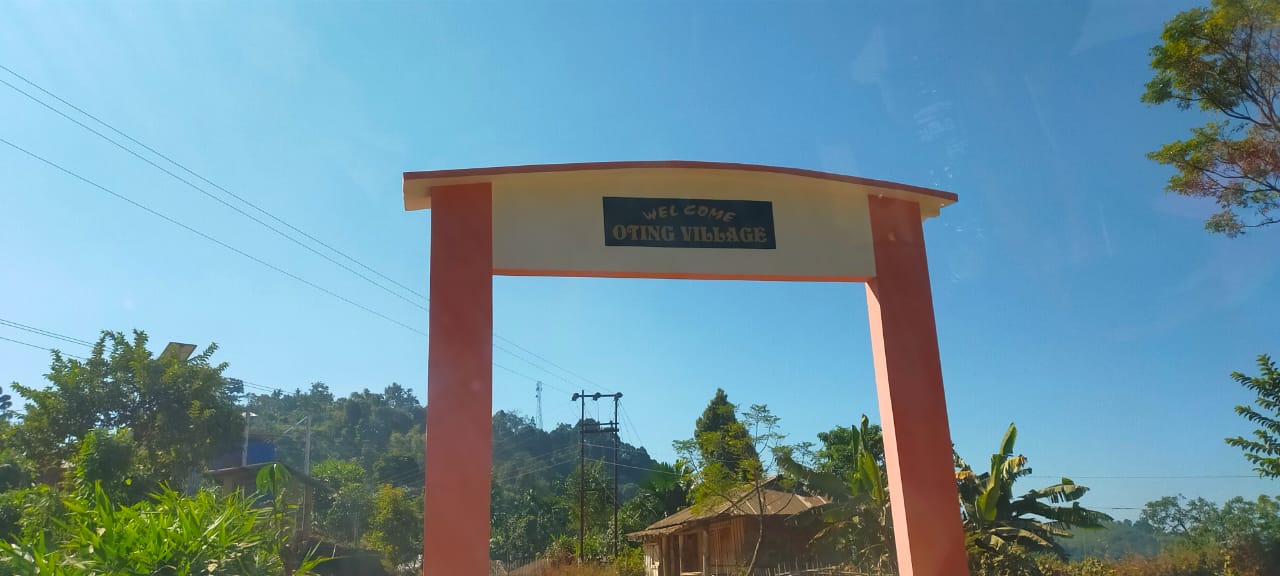
As the incident occurred a few kilometres away from Oting village, the villagers, on hearing the gunshots, went to the spot with apprehensions as the individuals did not return home from work.
When the villagers reached the spot in search of the missing villagers, the Special Forces personnel were allegedly “trying to hide the dead bodies of the six villagers by wrapping and loading them in another pickup truck (Tata Mobile), apparently with the intention of taking the bodies to their base camp.” However, when some villagers discovered some hands popping out of the truck, they turned violent, and a scuffle ensued between the villagers and army personnel. Apart from burning down three vehicles, one paratrooper and seven more civilians were killed during the scuffle, which lasted until around 10 o’clock in the evening.
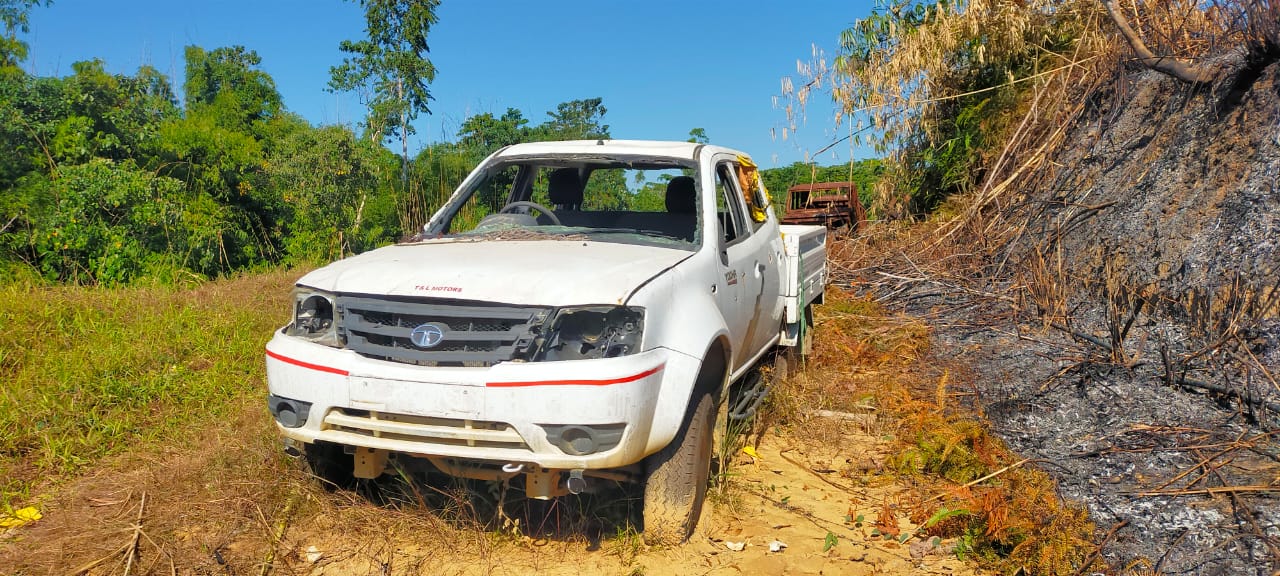
During the carnage of nearly seven hours, 13 villagers were annihilated and nearly two dozen injured, all between the age of 17 and 39, in one of the most heinous human rights violation incidents in modern Indian history.
C. Shomwang, 32; W Hokup Konyak, 37; Phaokam, 39; Langtun, 33; Ngampho, 33; Khawang, 23; Langwang, 23; Thapwang, 23; Yinjong, 32; Thakwang, 22; Manpeih, 23; Bibul Konwar, 17; L Leiong, 31 and Pongche, 17 died during the incident. Shomwang, Langwang, Thapwang, Thapwang, Khawang and Yinjong were killed at the Longkhao stream. Other than Leiong, all were killed while they were running to save their lives towards the Tiru coalfield, where they worked.
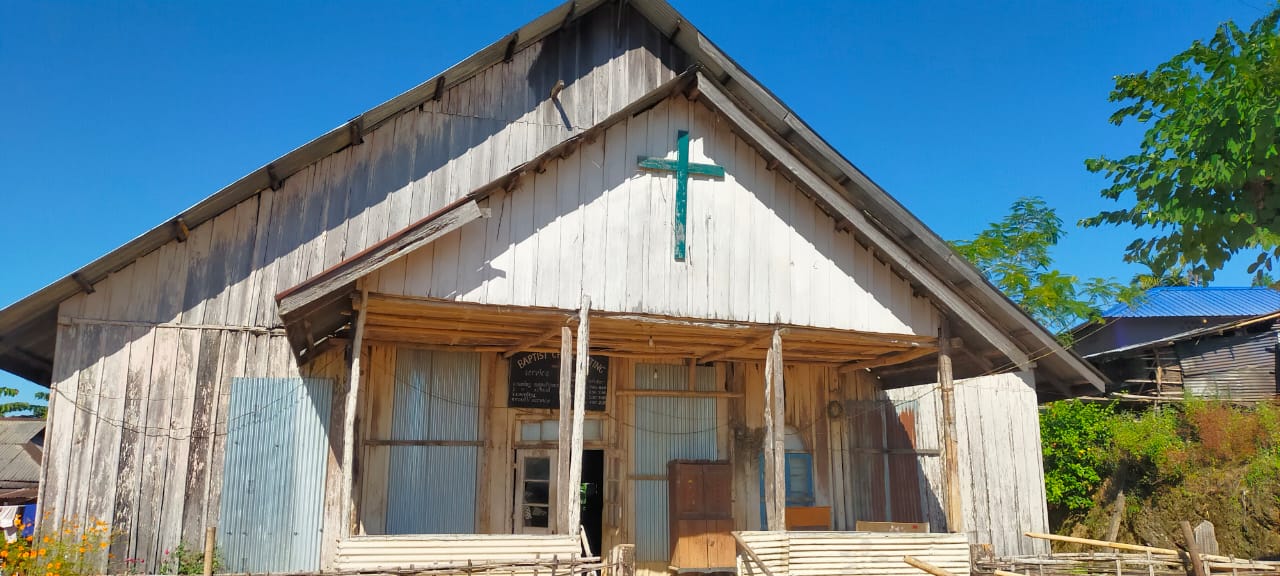
“It’s been one year now. Life still goes on, but it will never be the same again in this village. This incident will remain a dark scar on the face of the village forever,” T. Nokyem Konyak, pastor of the Oting Baptist Church, told this correspondent and his team of The North East Affairs while meeting at his residence.
“Everyone commits a mistake, maybe inadvertently or not, in life,” said Nokyem, “but not accepting the mistake and even hiding it amounts to a great sin.” “Offering a simple apology would have healed many souls—including those parents and family members who have been heartbroken after the incident,” the pastor continued.
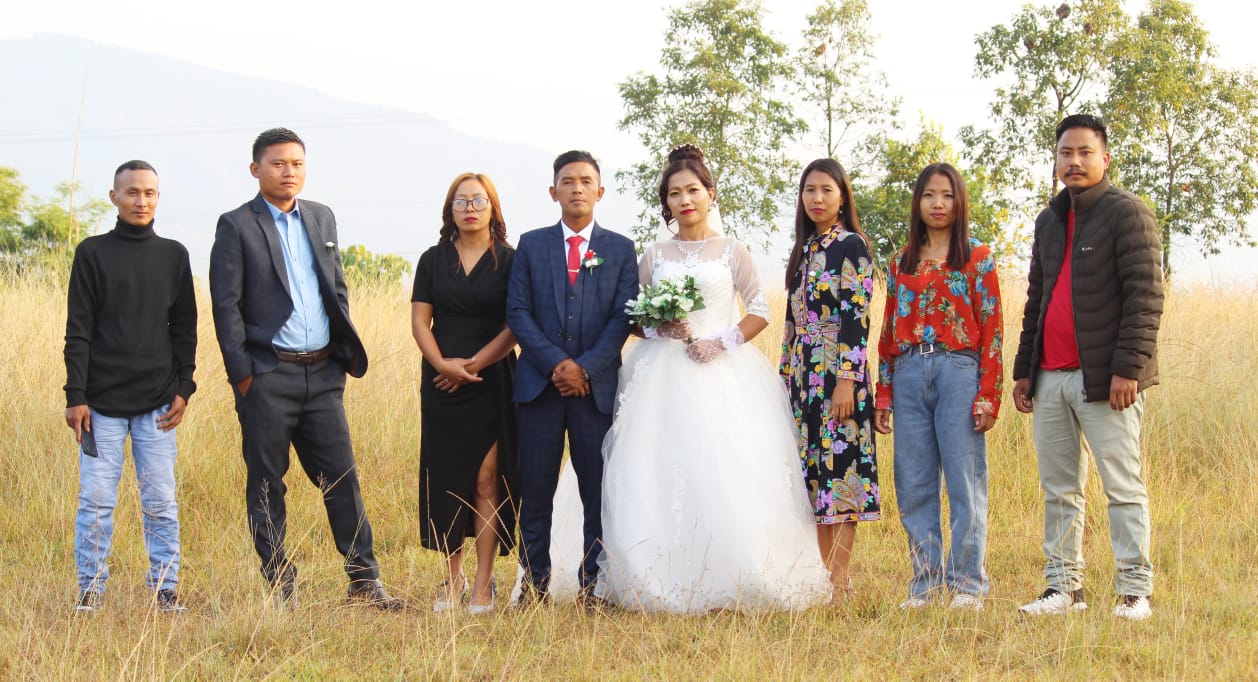
He didn’t say who should offer an apology, but he appeared to be referring to Union Home Minister Amit Shah, who claimed in Parliament, without even offering condolences to the deceased, that the vehicle carrying eight civilians was signaled to stop but fled. Following this, it was fired upon by the security forces, who had mistaken the civilians for extremists.
According to Y. Keapwang, President of Oting Students’ Union, the villagers were enraged with the security forces because, despite knowing their mistakes, Army personnel attempted to conceal the dead bodies in their vehicle by covering it with tarpaulin and keeping their bags on top of it. They also failed to inform the concerned government or village authorities on time.
Recounting the horrific incident, he narrated that he was in the coal mining area, approximately 500 metres away from the ambush site when the incident took place. At around 6.30 pm he along with their brothers left for his village from the mining area. However, they were stopped by Army personnel, and with their instruction, they took an alternate route to reach their village.
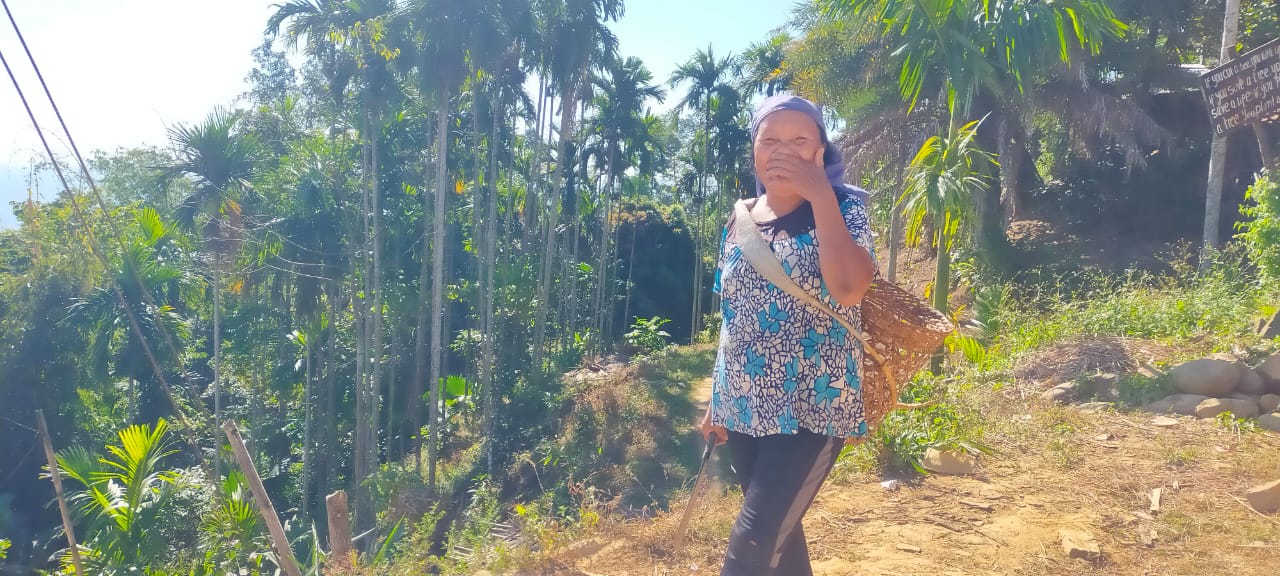
When he reached the village around 8 p.m., he got to know from the elders that those men coming from the coal mining area on a Bolero pickup truck had not reached the village yet. It was very late, so the village guards, council members, student leaders, and family/friends gathered near the GMS School junction and proceeded in the direction where the sound of firing was heard to search for their brothers, thinking they might be detained on suspicion by the Indian Security Forces.
He went on to say that when they arrived at the location around 9.00 a.m., they saw brother Shomwang’s vehicle (a Bolero pickup) with bullet marks on the windshield and blood stains all over it. In the meantime, they also saw a vehicle of the Indian Security Force trying to flee the spot. But they managed to stop them a few hundred metres away from the victim’s vehicle (Bolero Pick-up).
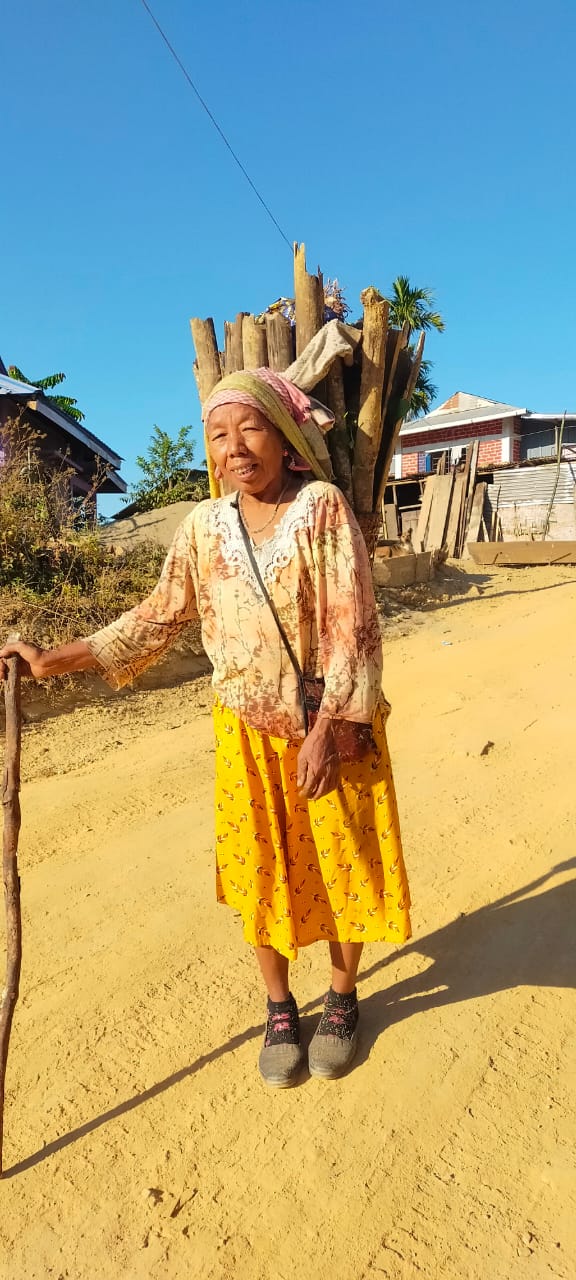
When he inquired about the whereabouts of the civilians in the vehicle (a Bolero pickup), they responded that they had been injured and were being taken to the hospital. At the same time, they also said that they were the reinforcement team and didn’t know anything about it in detail. However, when they insisted and checked the vehicles, they discovered six dead bodies hidden inside one vehicle (a pickup truck). After this, the scuffle started with the mob burning down three vehicles belonging to the security personnel. Suddenly, the security forces started indiscriminately firing, and everyone started running around to save their lives.
Keapwang even dismissed the statement of Amit Shah, the Union Home Minister, who asserted that there were Army check posts and the vehicle refused to stop while the Army personnel signaled it to stop. He said there had never been an Army check-post in that area before. He added that the villagers were returning to their homes as usual after their work.
Ngamlem, who lost her husband during the incident, said that it has only been one year since they got married. With their two-month-old baby they were planning to visit her family back at Pongkong village to have Christmas together…”it was so hurtful and painful. What will I do now,” she sobbed while taling about her husband, Langtun.
Shongmoi, the mother of late Ngampho, said since the day of the incident, she hasn’t stopped crying till today. “As humans, we have to work for food…I don’t want to talk about the incident, it’s like putting salt in the injury,” she added.
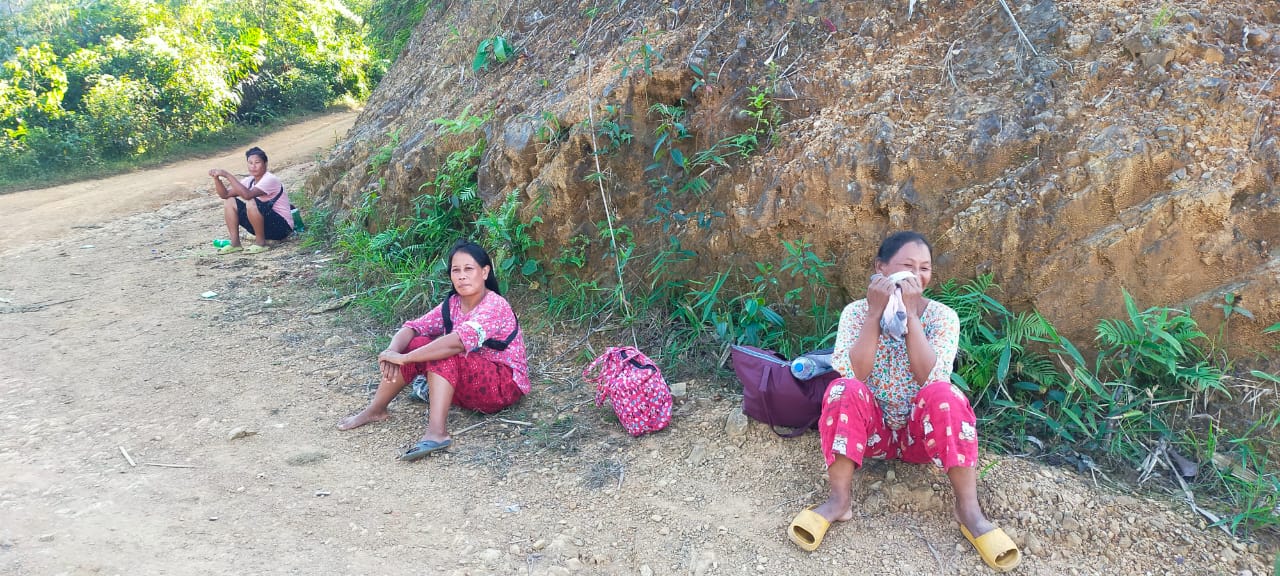
Awat, the mother of Manpei, said they (Army personnel) had taken away her only son. She was still stunned and heartbroken. She couldn’t say anything. “I wonder who is going to take care of me and my husband in the days to come,” she wondered.
As the village remembers the departed souls on this Black Day, many still wonder in which direction they will moved on.
The village has one primary school, from Class I to Class VIII, but it is not fully operational. Only 1% of the population is employed by the government. There is no proper road connectivity. They have no knowledge of the “Jal Jeevan Mission (JJM),” a flagship scheme launched in 2019 by the ruling government at the Centre to ensure tap water access to 100% of Indian households by 2014. Unlike towns and cities, where most houses have plumbing and water storage facilities, all the households in the village lack both. Tap water or piped water is still a dream. They usually buy water by paying one rupee per litre from one or two suppliers with small trucks. With only four hours of electricity a day, villagers are still surviving by the mercy of God.
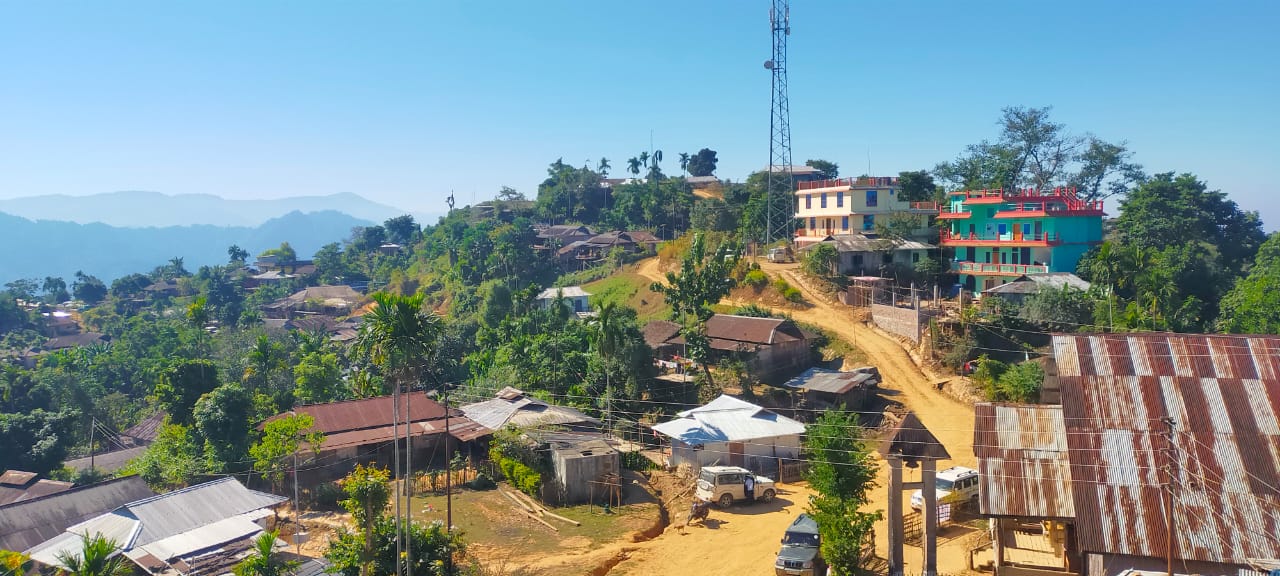
They said justice is one of the most important ideals in our society. It’s what we strive for in order to create a fair and equitable world. But for villagers of Oting, justice is just a dream which they believe will not come true.
The state government has provided jobs to the next of kin of each victim, but not a single injured member has received financial assistance, except the cost of medical expenses.
The SIT, constituted by the state government, and the Court of Inquiry, conducted by the Indian Army, have submitted its reports to the relevant authorities. Even after a year, no soldiers involved in the massacre have been brought to justice. India’s Supreme Court even stayed further proceedings in the Suo Moto FIR registered against those Army personnel involved, citing a lack of “mandatory previous sanction” from the Central government under Section 6 of AFSPA, 1958.
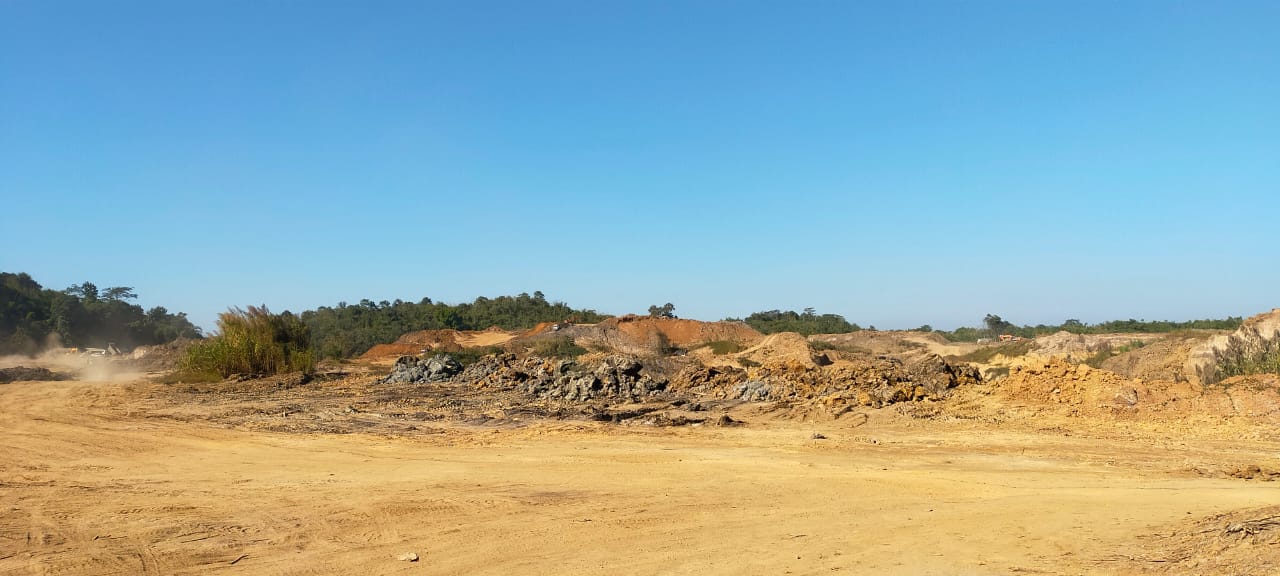
Besides sweeping powers of search and arrest, The Armed Forces Special Powers Act (AFSPA), enforced in parts of four of the seven northeastern states as well as Kashmir, allows Indian forces to open fire to kill to maintain public order in areas designated as “disturbed areas”.
The Act, introduced to curb insurgency in the northeastern region, has brought with it a tale of agony and suffering for the populace of the region. Thousands have been killed, and thousands have been maimed during the last seventy years. A public interest litigation (PIL) filed in the Supreme Court claimed that at least 1,528 extra-judicial killings took place in Manipur between 2000 and 2012. The petition alleged that a majority of these killings were carried out in cold blood while the victims were in custody and were allegedly tortured.
Civil society groups, rights activists, and political leaders of the region have been demanding the withdrawal of the ‘draconian’ law for years, alleging excess by security forces with impunity under the cover of the Act.
The Act violates provisions of international human rights law, including the right to life, the right to be protected from arbitrary arrest and detention, and the right to be free from torture and cruel, inhuman, or degrading treatment. It also denies the victims of the abuse the right to a remedy.
Even as the country celebrates the 75th anniversary of the Universal Declaration of Human Rights on December 10, justice for Oting villagers looks gloomy.
